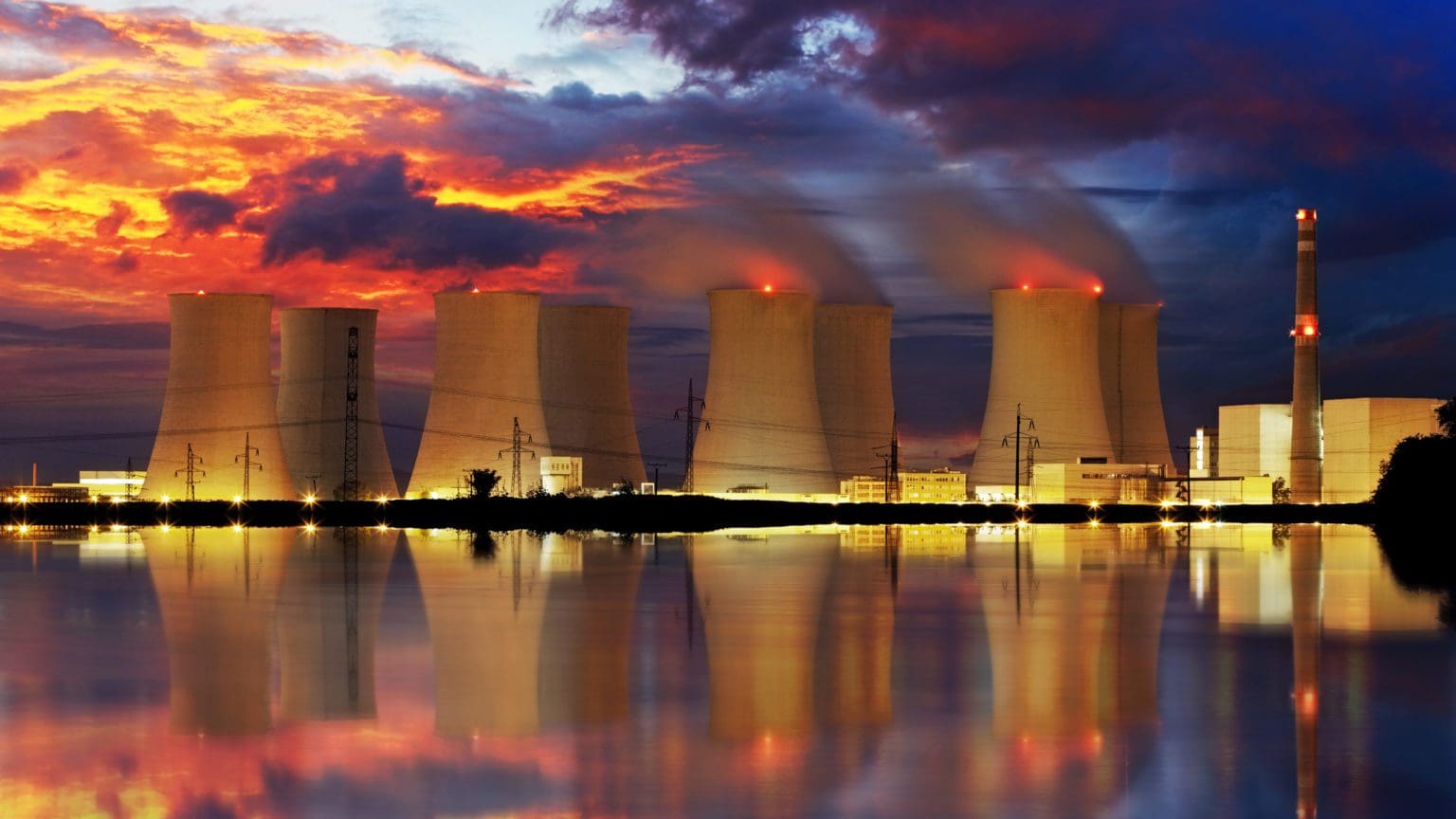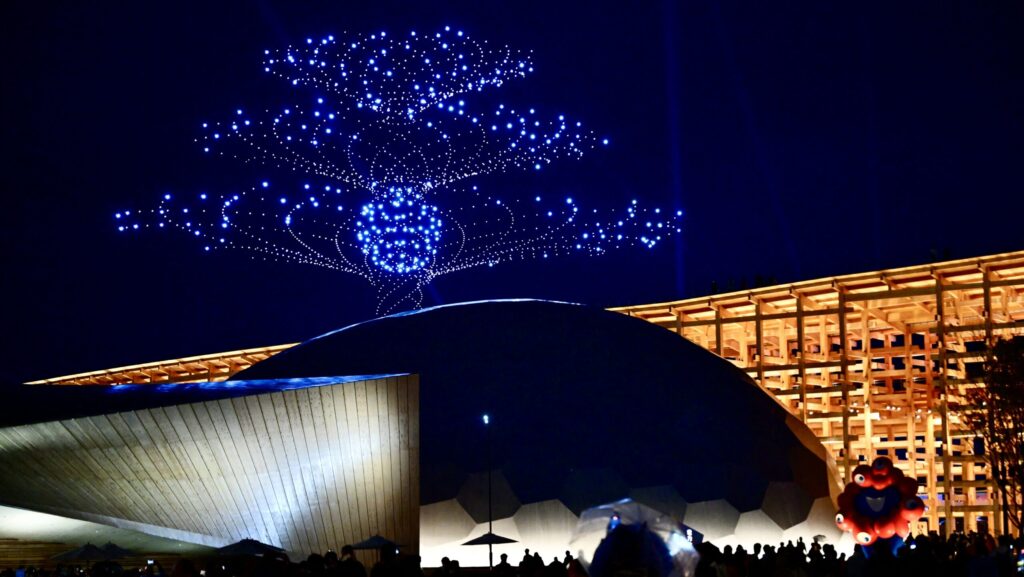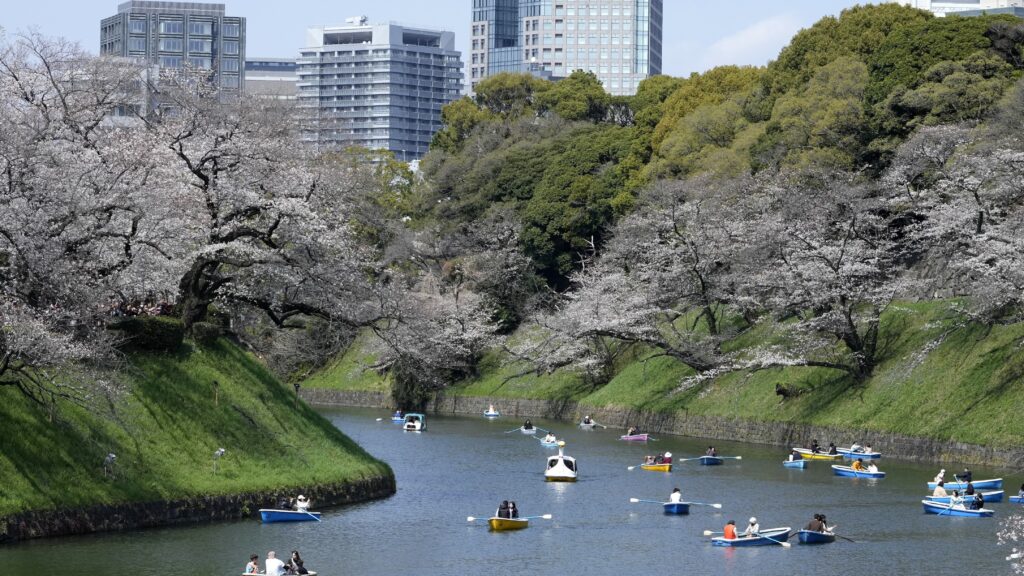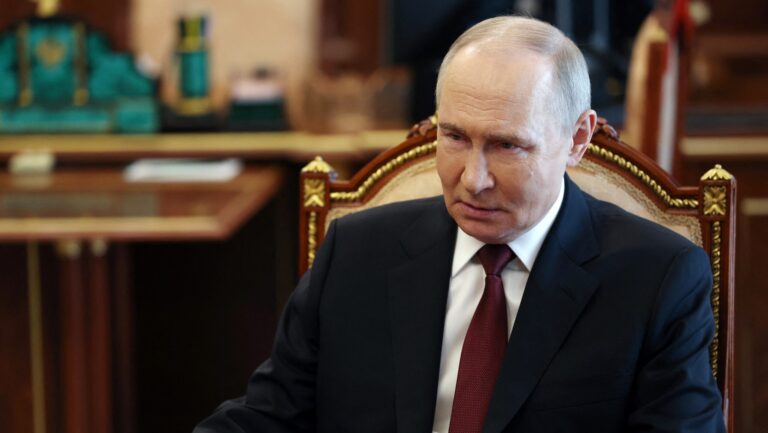More than a decade has passed since the Fukushima disaster which, prompted Japan to shut down most of its nuclear capabilities. The push to restart the reactors could get more backing from the public with the governing coalition having won a convincing victory in Upper House of the country in the elections earlier this month.
The Disaster
The Great East Japan Earthquake of magnitude 9.0 hit Japan on the 11th of March in 2011 at 2.46 pm. The quake was so powerful it shifted the Earth off its axis, and the worst was yet to follow. The tsunami caused by the extraordinary seismic event was considerably more catastrophic.
The 15-metre-tall tsunami resulted in a death toll of around 19,500 and astronomical damage to the costal ports and towns, destroying over a million buildings. At the Fukushima nuclear power plant, the gargantuan wave swelled over the defences and flooded the reactors, causing an extreme disaster. Authorities established an exclusion zone which continued to expand as more and more radiation leaked from the power plant, forcing hundreds of thousands to evacuate from their homes.
The gigantic waves overwhelmed the defensive sea wall
Depite the defensive systems at the plant detecting the earthquake and automatically shutting down the nuclear reactors, the gigantic waves overwhelmed the defensive sea wall, flooding the plant and knocking out the emergency generators which were meant to keep the reactors cool even after the shutdown.
Although workers quickly rushed to the rescue, the nuclear fuel overheated in the days that followed, leading to the melting of the nuclear cores. This also prompted chemical explosions which greatly damaged the facility.
The Aftermath
There were no casualties recorded during the disaster. However, dozens of workers were injured and exposed to radiation as they fought to restore the reactors.
A 2013 report from the World Health Organization stated that the disaster would not cause any observable increase in cancer rates in the region.
Before the disaster’s 10-year anniversary, a 2021 United Nations report corroborated the 2013 findings, stating that there had been ‘no adverse health effects’ documented among Fukushima residents.
Despite this, residents remain cautious, even though officials have ended the exclusion zone restrictions in many areas. Not only were citizens fearful of moving back home, over 60 per cent of respondents in a Japan Atomic Energy Relations Organization poll said that nuclear energy should be abolished immediately or gradually, with only 10 per cent saying it should be maintained.
Shutdown and Restart
At the time of the disaster in 2011, Japan had 54 operating nuclear reactors producing over 30 per cent of its electricity supply. Following the meltdowns, utilities started shutting down their reactors one by one. In 2012, prime minister Noda Yoshihiko’s government announced a plan to phase out all nuclear power by 2040.
However, after Abe Shinzo took over at the end of 2012, who had different plans. On the fifth anniversary of the disaster in 2016 he stated that Japan ‘cannot do without’ nuclear power.
As of the same year, only three reactors were operating, producing only 2.5 GWs of power. Two reactors were approved for restart, 21 reactors’ application was under review and the remaining 29 reactors had not applied. As of 2022, there are ten reactors operating in Japan, producing 5 per cent of the country’s electricity.
2022 was the first year in which the majority of respondents supported the restarting of nuclear plants. Due to the Russian invasion of Ukraine causing an energy crisis, compounded by the shifting public opinion, Prime Minister Kishida Fumio announced in May that Japan would use more nuclear reactors to help reduce its dependence on Russian energy.
Japan’s return to nuclear energy seems like a sensible move, as rising energy prices squeeze voters’ budgets, global energy security is at an all-time low and unprecedented heatwaves scorch Japan causing more energy demand.
Kishida’s party has pledged to boost nuclear back to at least 20 per cent of Japan’s energy production
Kishida’s party has pledged to boost nuclear back to at least 20 per cent of Japan’s energy production by 2030 which is a steep increase from today’s 5 per cent. Public opinion is likey to continue to shift towards a more pro-nuclear stance, as consumers experienced the lack of energy security this July when the government issued a power supply warning. Although local support is required to restart nuclear plants, it is expected that with the increasing support for nuclear more and more municipalities will agree to fire up their reactors once again.
Even though the disaster resulted in very few or no deaths at all, hundreds of thousands of lives were destroyed and changed forever, which led to a decade of distrust of nuclear energy. Despite this, Japan has finally had a change of heart regarding nuclear energy, unlike some European countries like Germany which may end up struggling with energy shortages. With more reactors turned back on, dependence on fossil fuels will decrease and energy security will increase in Japan.








